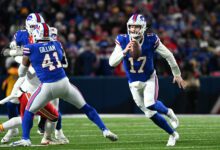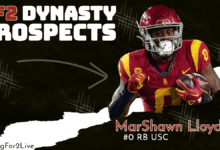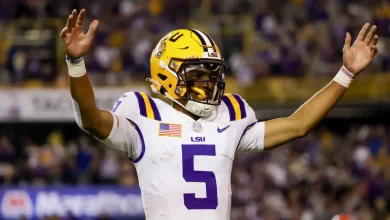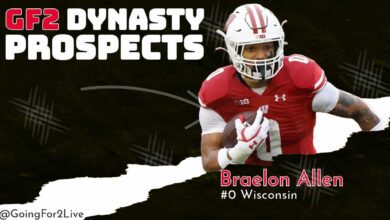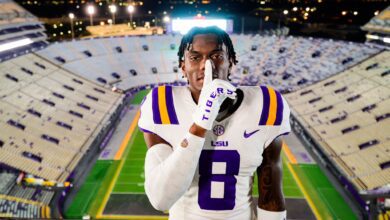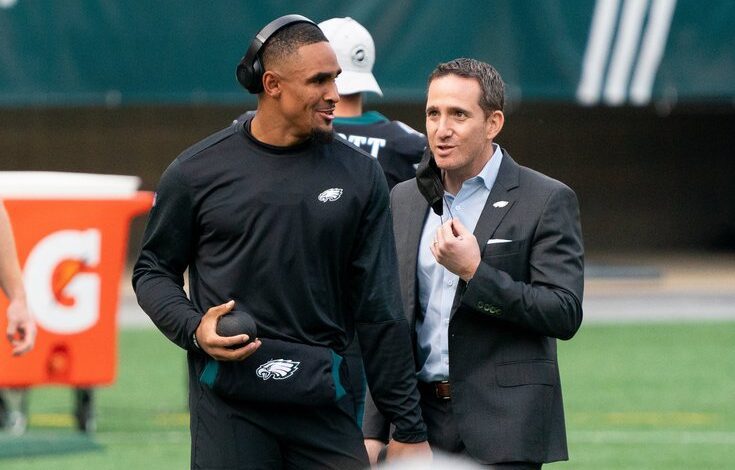
If you’re in a dynasty league, you’ve encountered the question of how to value draft picks in future years. Putting aside the cliché that next year’s draft class is *always* better than the current class, you probably discount future year picks to some extent. You’d rather have the player now than have to wait a year.
I wondered how NFL general managers make this evaluation and to what extent they discount picks in future years. As it turns out, GMs discount future year picks a lot more than I expected going into this analysis.
Lee Sharpe put together a table of every NFL draft trade dating back to 2002. For this analysis, I’m including only pick-for-pick trades; any trade that included an NFL veteran player is excluded here. Also, I’m only looking at trades that included at least one draft pick from a future season.
I assigned each traded pick its corresponding value from the Fitzgerald-Spielberger (F-S) trade value chart. From there, I calculated what the discount rate on the future year pick would have to be to make the trade even.

An example might help here. In 2019, the Seahawks traded their 2020 sixth-rounder (pick 206 overall) for the Jaguars’ 2019 seventh-rounder (pick 236 overall). That seventh-round pick has an F-S value of 231. If that sixth-round pick was for the current year, it would have an F-S value of 300. In order to make that trade even, the Seahawks must value that future year pick at 77% of its current-year value (300 * 0.77 = 231). The below graph extends this example to every applicable trade since 2002.
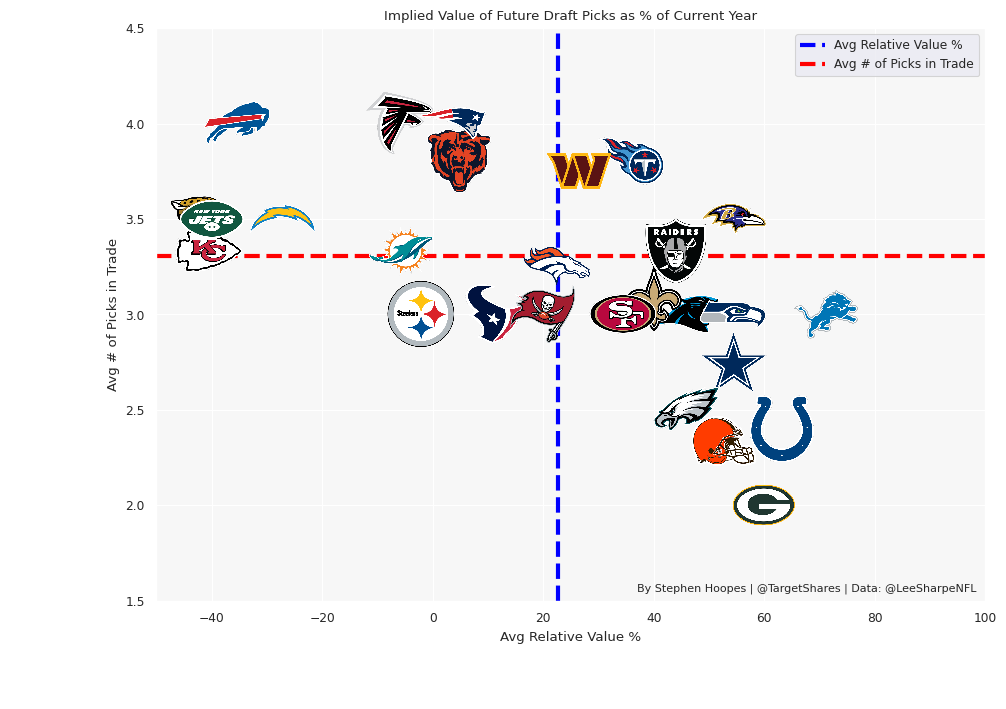
The x-axis is the average relative value % of future picks for each team. The y-axis is the average number of picks in a team’s trades. So, if the Seahawks’ only future year draft pick trade was our example from above, they would be at 77% on the x-axis and 2 on the y-axis. Based on this analysis, the average NFL team values future year picks at only 22% of their current-year value. There is also a clear trend that as the number of picks in a trade increases, the larger the discount applied to future year picks.
Every GM seems to be following Les Snead’s approach. Speaking of the Rams, they and the Cardinals are such massive outliers that I’ve removed them from the graph so you can see the other teams more clearly.
I have two ideas for what might be causing this. Kevin Cole has an excellent write-up on the principal-agent problem involved with general managers. While NFL owners and fans might be willing to view their team’s success over a very long-time horizon, NFL GMs really only have a few seasons to win or they’ll be fired. So, the first idea is that GMs on the hot seat are willing to trade future year picks at a steep discount to acquire players this season. The second idea is that GMs who make the most egregious trades are fired because they’re bad at their jobs. The below graph considers both of these ideas.
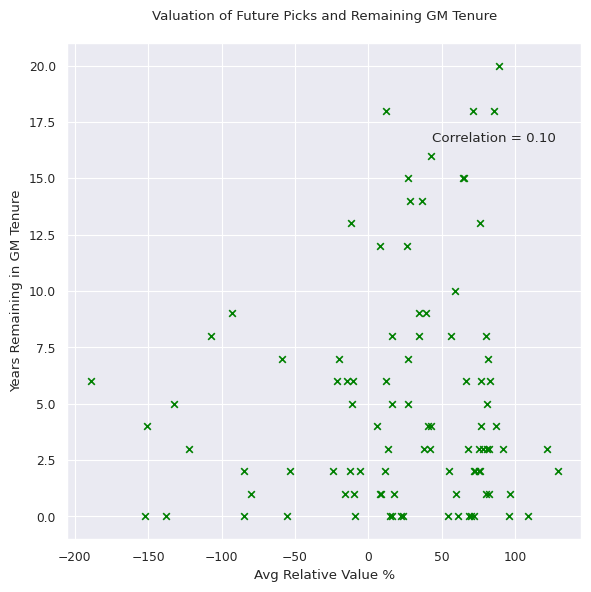
Expanding on Lee Sharpe’s data, I added in the remaining # of years the GM kept their job after making each trade. It’s not a strong trend, but it’s there; as a GM heavily discounts a future year pick (moves to the left in the graph), they have fewer remaining years in their job. This is not meant to be fully explanatory or even causal. Teams like the Cowboys where the owner also acts as the GM complicate the data as well. However, there is a correlation.
The good news is you can’t be fired as the GM of your dynasty team. Regardless, it’s best not to act like an NFL GM when putting a value on future year draft picks. Especially when Marvin Harrison Jr. is out there in 2024.
ATTN Dynasty Commissioners: Do you want to do something cool for your league? How about a 1-hour live show dedicated to YOUR league? Team-by-team breakdowns, rankings, and more. For details and to book a show, visit: GoingFor2.com/plp.
